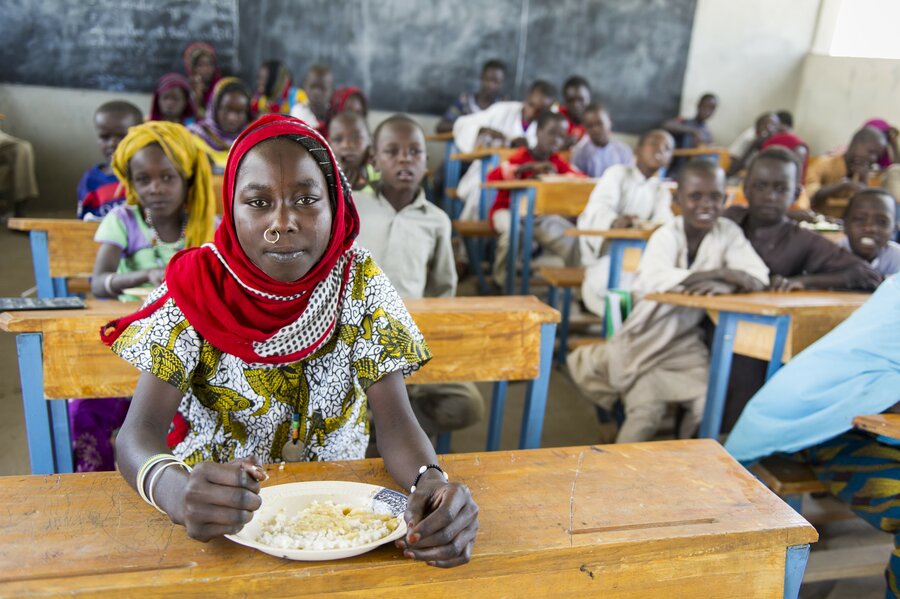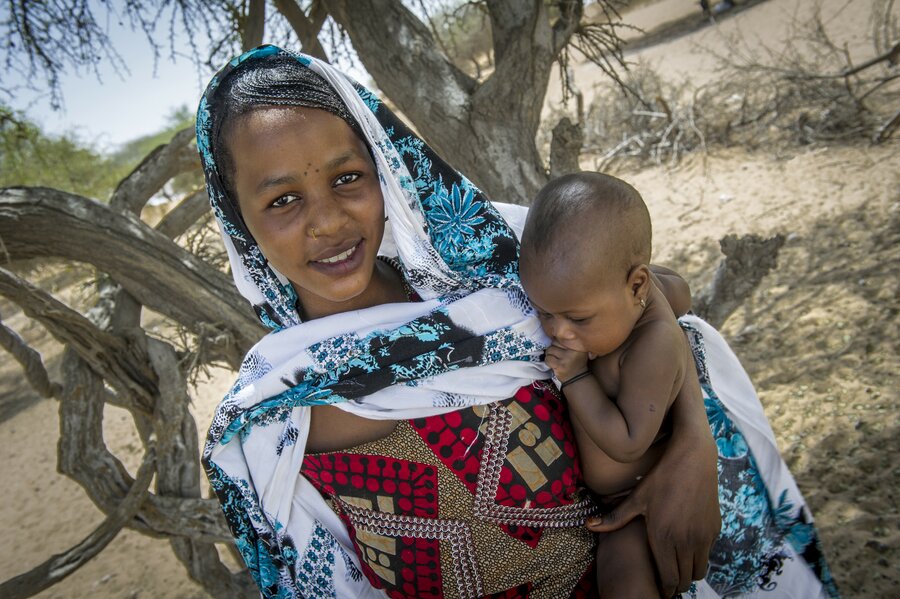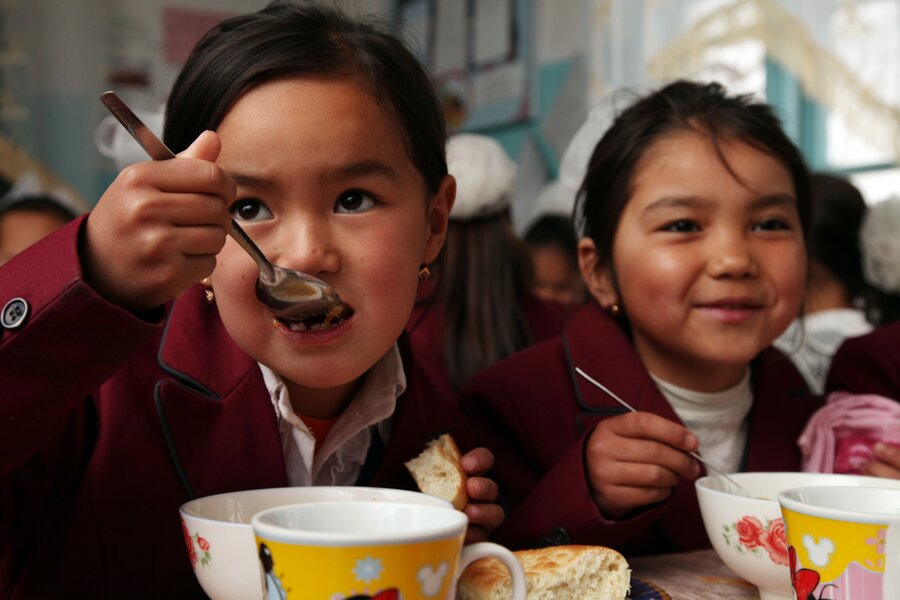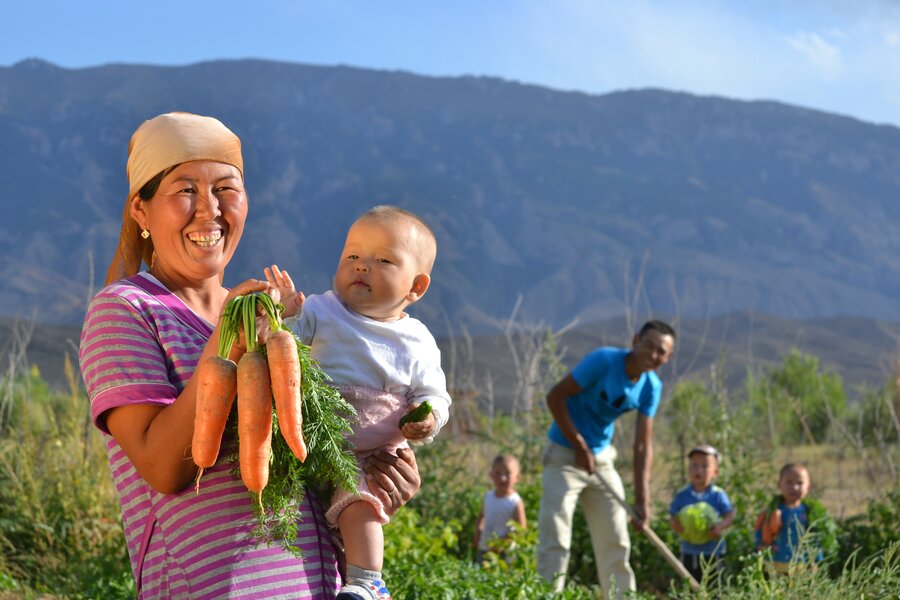Nutrition and the butterfly effect

No matter who we are, all of us instinctively understand nutrition. We can feel the impact that a healthy diet, or an unhealthy one, can have on other areas of our lives. Who among us hasn't felt their productivity drop mid-morning after skipping breakfast? Yet often in a development context, nutrition is treated as a standalone issue, independent from other sectors like education or economics.
It's easy to pigeonhole nutrition. We have our own networks and events, our own divisions within large organizations, our own budgets, and our very own echo chamber on social media. And we have our place in the development landscape, neatly shelved in the health and science section.
This year's Global Nutrition Report (GNR) has eloquently articulated something that many of us have felt for years: that nutrition can act as a catalyst to achieve Sustainable Development Goals (SDGs) across the board. It's one of the foundations on which we can begin to build everything else.
How can we discuss education when children's brains need the right nutrition to develop? How can we talk about economic growth when a country's productivity is undermined by malnutrition? Falling behind in nutrition goals will have repercussions beyond just rates of stunting and wasting.

The scientists who studied the butterfly effect — the idea that small causes can have larger consequences — suggested that the flap of a butterfly's wings in Brazil could, through a series of events, ultimately set off a tornado in Texas.
We can see the same phenomenon in our sector: Poor nutrition in the first short 1,000 days can lead to stunted children, who go on to study less, earn less than their peers, hold back economies and countries, and ultimately bring up a new generation of malnourished children who start the cycle all over again.
Improving the nutrition of an adolescent girl will improve her life today, while she's still growing; tomorrow, if she becomes pregnant; and then the life of her child, who will have received the right nutrition in the starting blocks. How else do we explain the fact that US$1 invested in nutrition gives a US$16 return?
We at the World Food Programme (WFP) have seen evidence of this, even on a reduced scale, in our own programmes. In Kyrgyzstan, for example, where we are working with the government to improve the nutritional quality of school meals, the effects are being felt far beyond the students' nutrition.

By involving parents in designing menus and selecting recipes, the programme has improved nutrition knowledge among the wider community — this in a context where a general lack of nutrition awareness was identified as one of the underlying causes of malnutrition. The school gardens, planted to supply the school canteens with fresh ingredients, have become outdoor classrooms, teaching kids about agriculture, the environment and healthy eating. The gardens are having an additional side effect of supporting the local economy by allowing schools to sell surplus produce, and creating jobs for community members who help tend the plots.
And in our next phase, we'll be working with local suppliers to increase the range of foods they produce. In a country that is experiencing food-price fluctuations and the impact of climate change, providing farmers with a stable market can encourage them to vary their crops — improving the diversity, and therefore resilience, of the local agriculture, as well as their own diets.

Stepping out of our silo
In order for nutrition to be able to catalyse progress in other areas, we need to continue to forge the bonds between sectors. ‘Break down the silos' has been the recent catchcry of the development community, and for the last few years WFP has been putting its money where its mouth is. As the GNR reminds us: "people do not live in silos".
We know that nutrition programmes delivered alone can only go so far. That's why we are working with our colleagues in other divisions to make our programmes more nutrition sensitive. We are redesigning our school meals, smallholder farmer support, food assistance for assets, and general food distribution so that they become channels through which we improve nutrition. The better nutrition of participants, in turn, can reinforce the outcomes of these programmes.
WFP welcomes the release of the GNR each year. The report tracks our progress as a nutrition community and reminds us how far we've still got to go. It's done so again this year. But it's also given us a precious opportunity to show the potential impact of just a flap of our wings.
By Lauren Landis and Simone Gie
